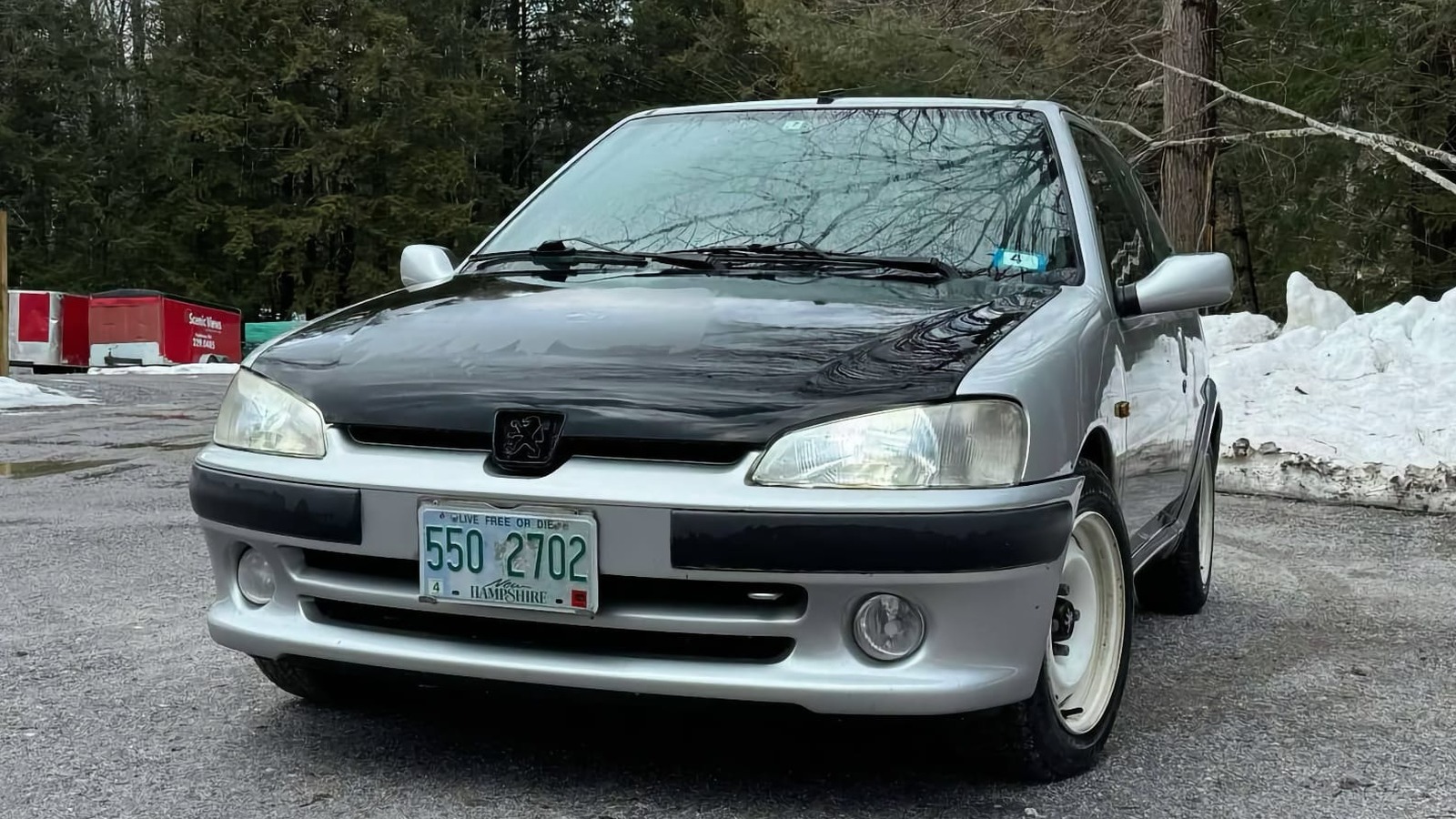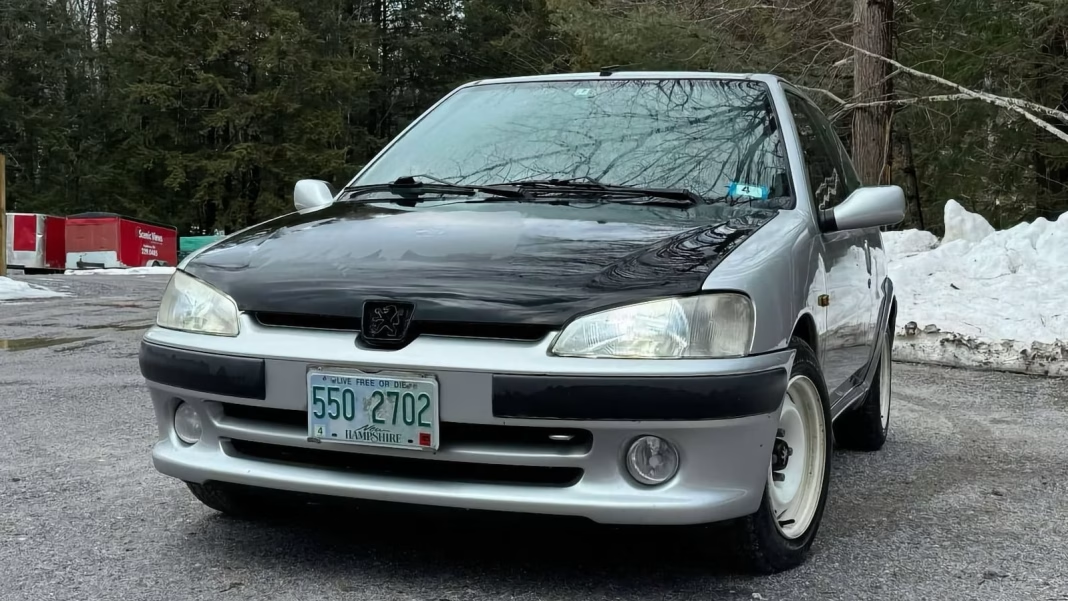When it comes to unique cars that spark a conversation, the 1998 Peugeot 106 Rallye stands out like a beacon for enthusiasts. This little French gem is not just about looks; it has a rich history and a reputation that makes it a fascinating subject for anyone who appreciates the art of driving. So, what’s the deal with this car? Let’s dive into what makes the Peugeot 106 Rallye a potential “oui!” or a definite “no way!” for car lovers.
What Makes the Peugeot 106 Rallye Special?
First off, let’s talk about its pedigree. The Peugeot 106 Rallye was born in the late ’90s, a time when small, lightweight cars were all the rage in motorsport. This model was designed with rallying in mind, which means it’s built for agility and fun rather than sheer power. Weighing in at just around 800 kg (about 1,764 lbs), it’s incredibly nimble, making it a joy to drive on twisty roads or even on a track.
Under the hood, you’ll find a 1.6-liter four-cylinder engine that churns out around 103 horsepower. While that might not sound like much compared to today’s turbocharged beasts, the 106 Rallye’s lightweight frame means it can still deliver an exhilarating driving experience. It’s all about the connection between the driver and the road, and this car nails it.
How Does It Perform on the Road?
If you’re wondering how it feels behind the wheel, imagine a go-kart that’s been given a bit more sophistication. The steering is direct and responsive, allowing you to feel every nuance of the road. The suspension is tuned for performance, providing a firm ride that keeps the car planted during spirited driving. It’s not just about speed; it’s about the thrill of the drive, and the 106 Rallye delivers that in spades.
Many owners rave about the car’s ability to tackle corners with confidence. Whether you’re navigating tight city streets or taking on winding country roads, this little Peugeot is eager to please. The manual transmission adds to the experience, giving you complete control over the power band and allowing for a more engaging drive.
Is It a Practical Choice for Daily Driving?
Now, let’s address the practicality aspect. If you’re considering the 106 Rallye as a daily driver, there are a few things to keep in mind. First, it’s compact, which makes parking a breeze. However, the ride can be a bit firm for everyday comfort, especially on rough roads. The interior is functional but sparse, reflecting its racing heritage. You won’t find luxury features here, but that’s part of its charm.
Fuel efficiency is another plus. With its lightweight design and modest engine size, you can expect decent mileage, making it a cost-effective option for those who want a fun car without breaking the bank at the pump.
What About Maintenance and Reliability?
When it comes to maintenance, the Peugeot 106 Rallye is relatively straightforward. Parts are generally available, though sourcing them might require some effort depending on where you live. As with any classic car, regular upkeep is essential to keep it running smoothly. Owners often recommend joining enthusiast groups or forums for tips on maintenance and sourcing parts.
Reliability can vary, but many owners report that with proper care, the 106 Rallye can be a dependable companion. Just be prepared for the occasional quirk that comes with owning a car of this age.
Is It Worth the Investment?
So, is the 1998 Peugeot 106 Rallye worth your time and money? If you’re a fan of unique, spirited driving experiences and appreciate the charm of classic cars, then absolutely! It’s a vehicle that offers a connection to the past while still providing a thrilling ride. However, if you’re looking for a car that prioritizes comfort and modern conveniences, you might want to keep searching.
The big takeaway? The Peugeot 106 Rallye isn’t about perfection—it’s about smarter adjustments. Start with one change this week, and you’ll likely spot the difference by month’s end. Whether you’re rallying through the countryside or just enjoying a weekend drive, this little French rarity could very well make you say “oui!”


